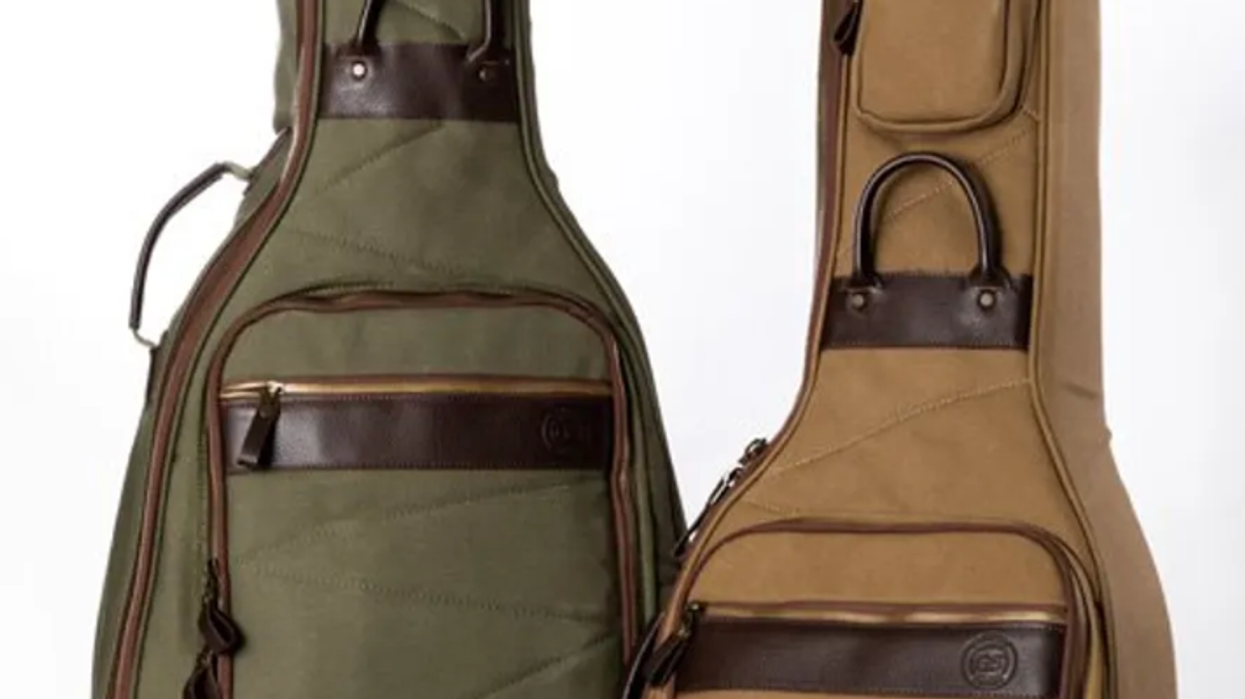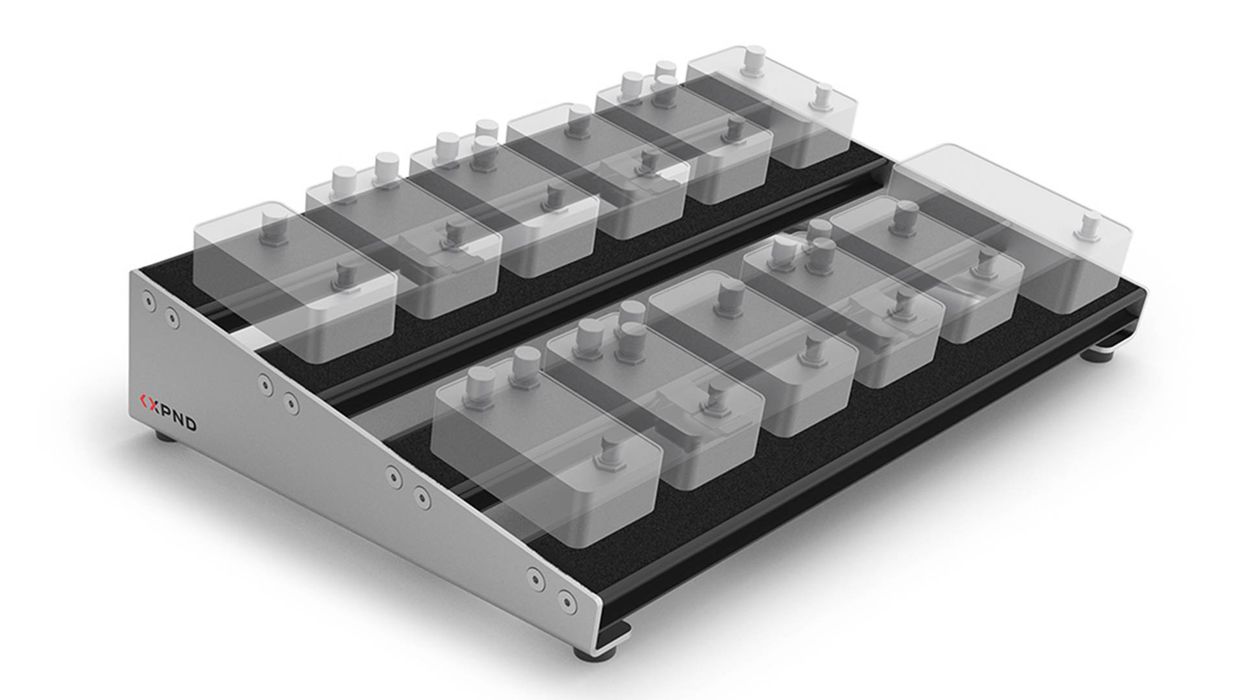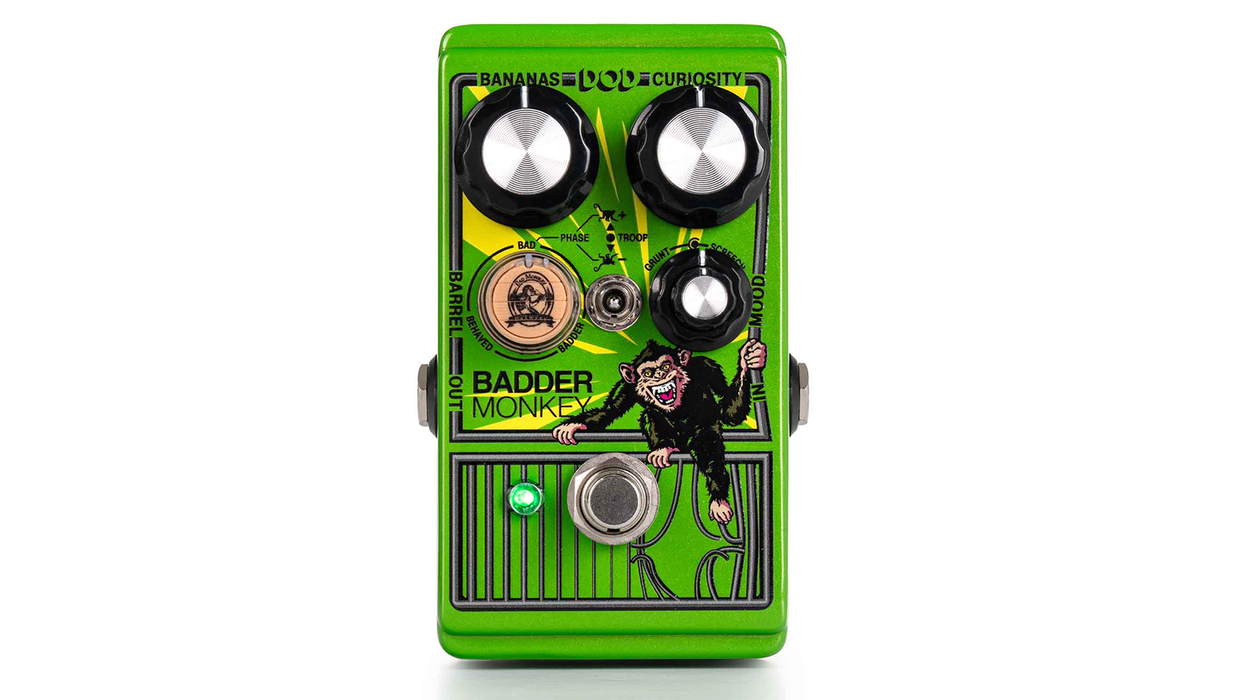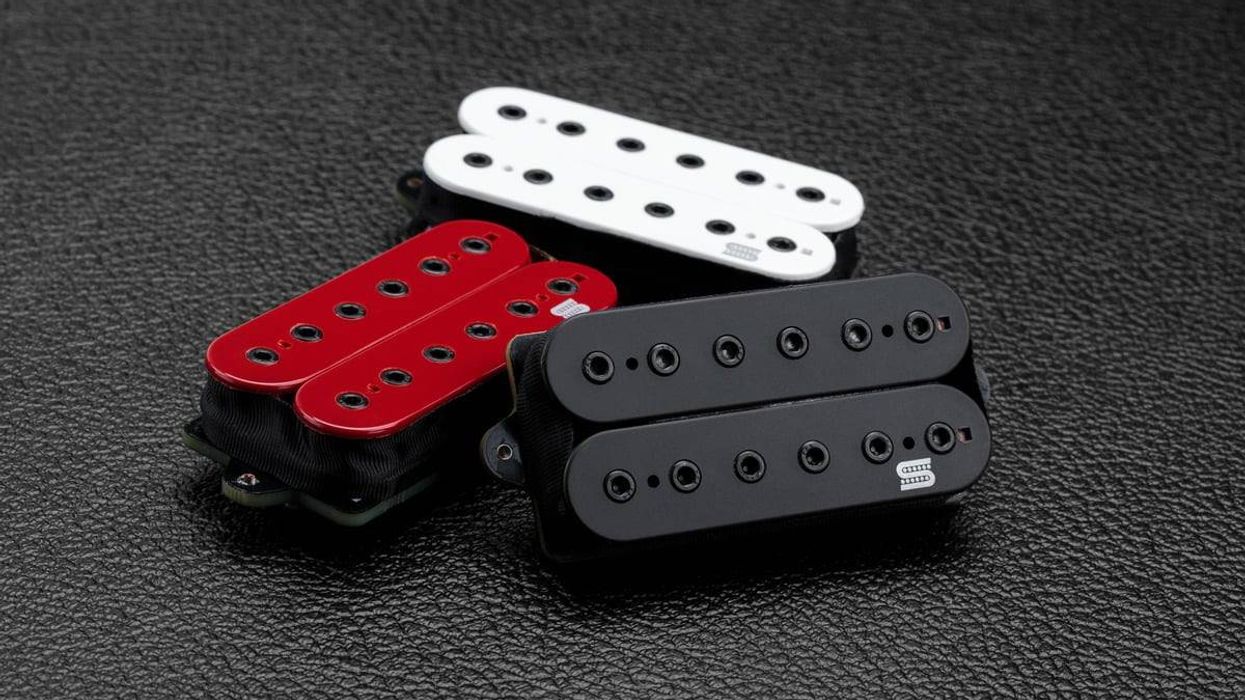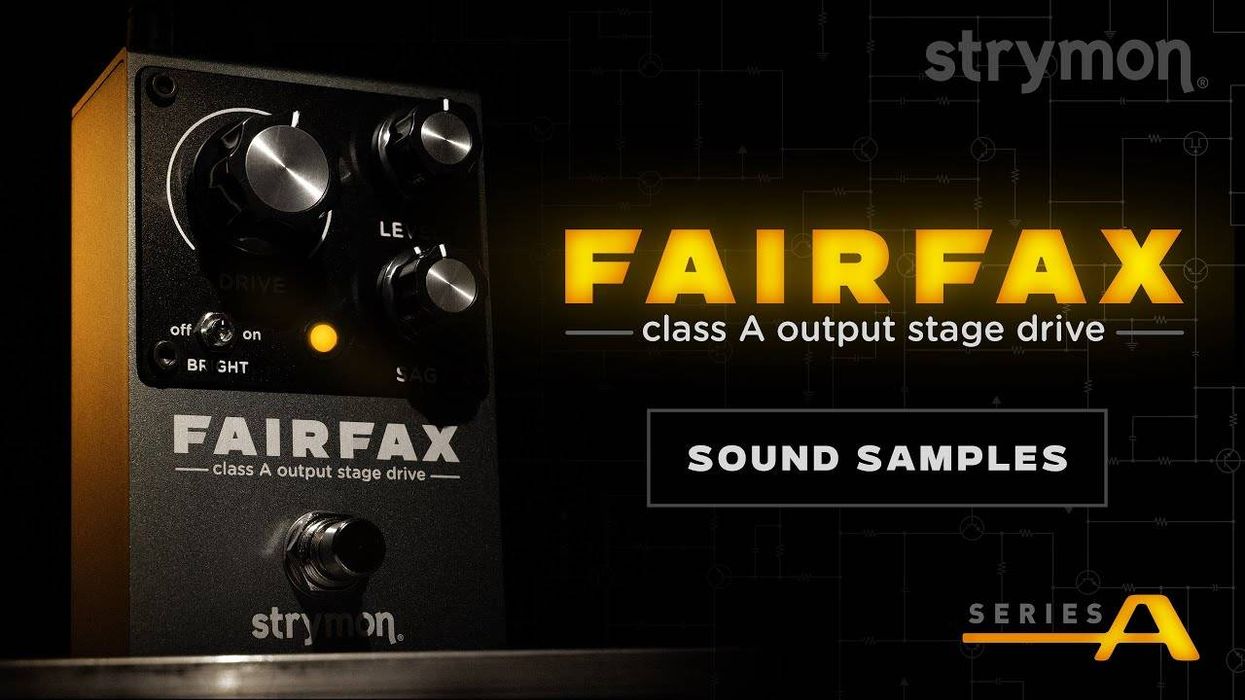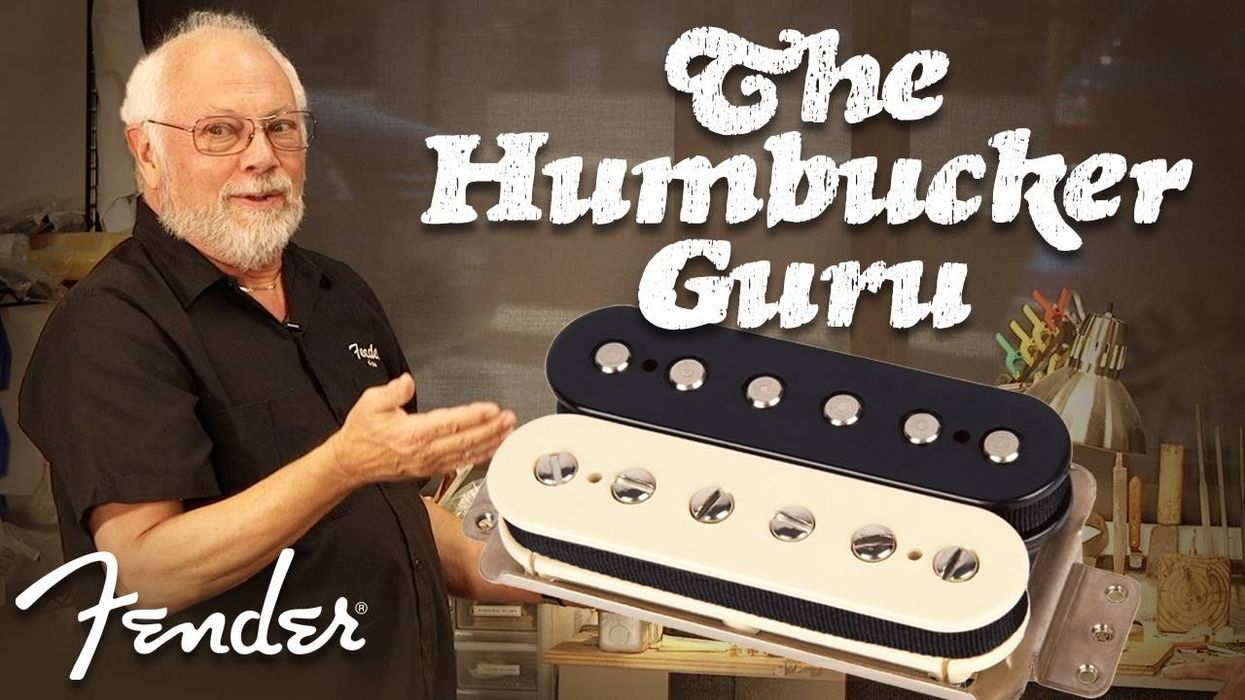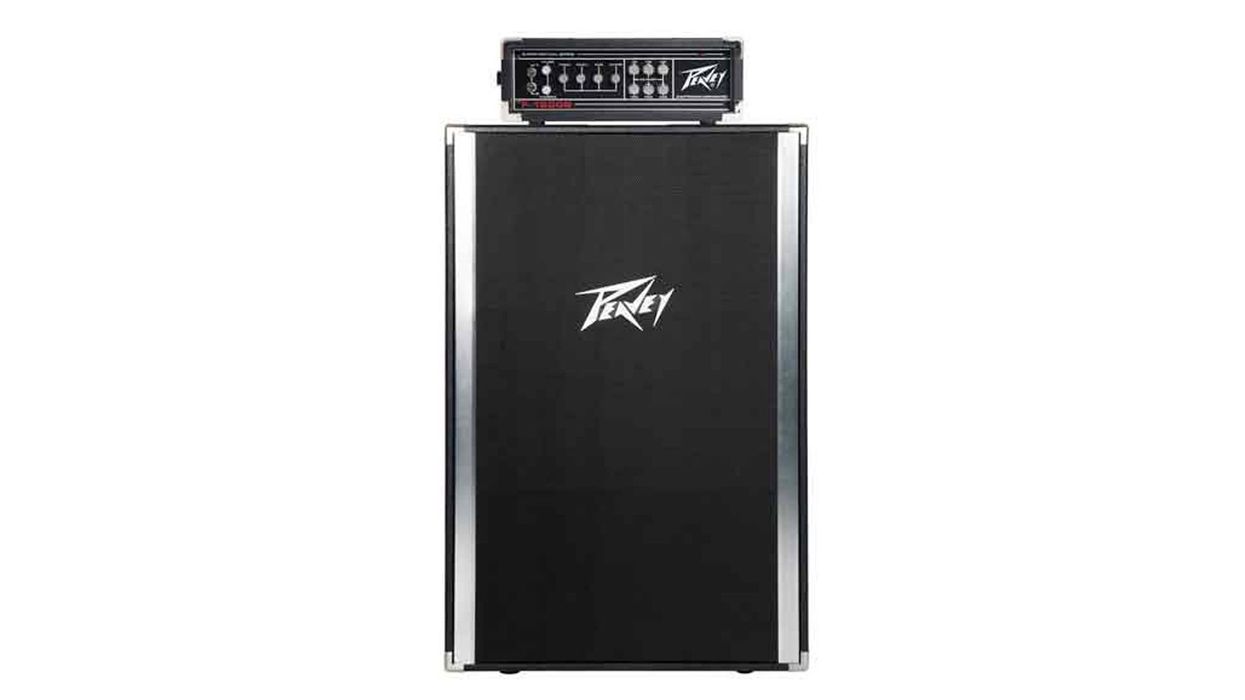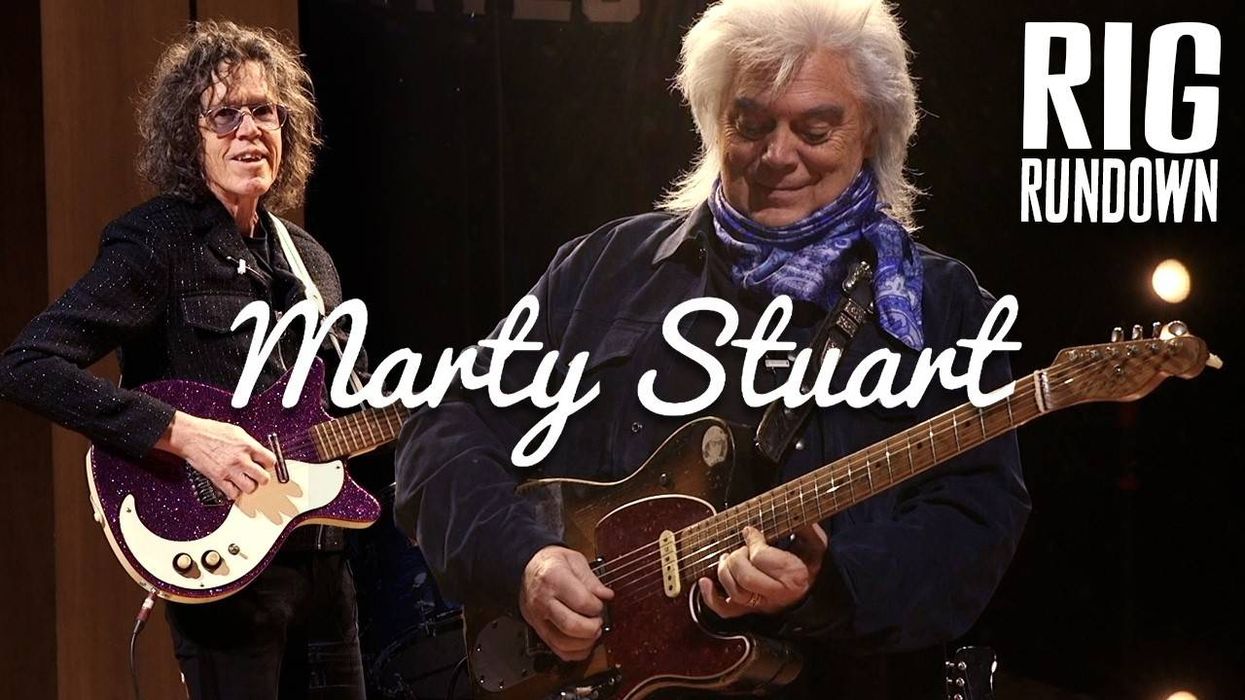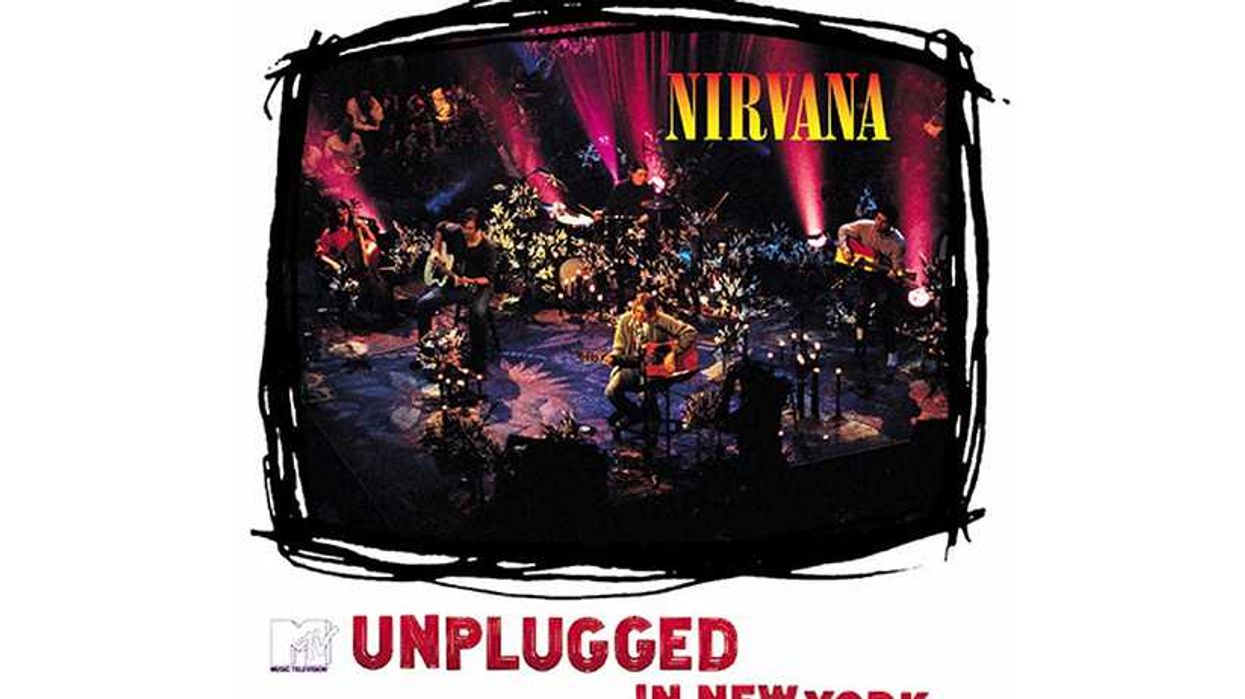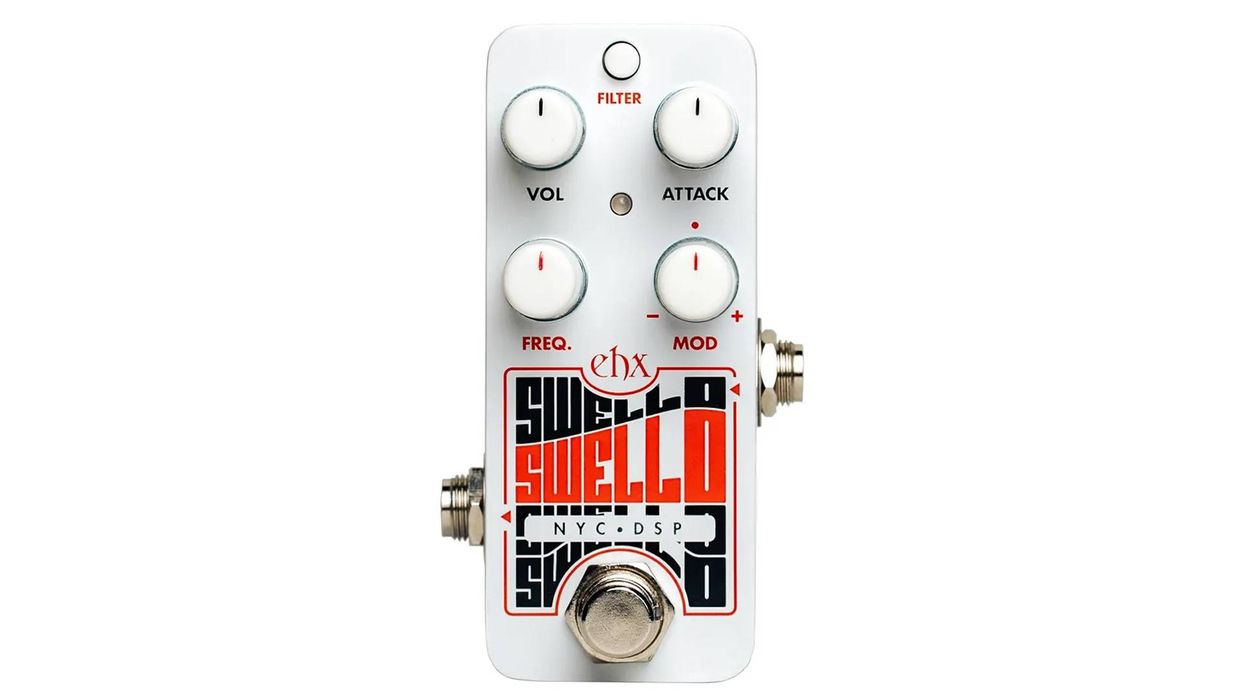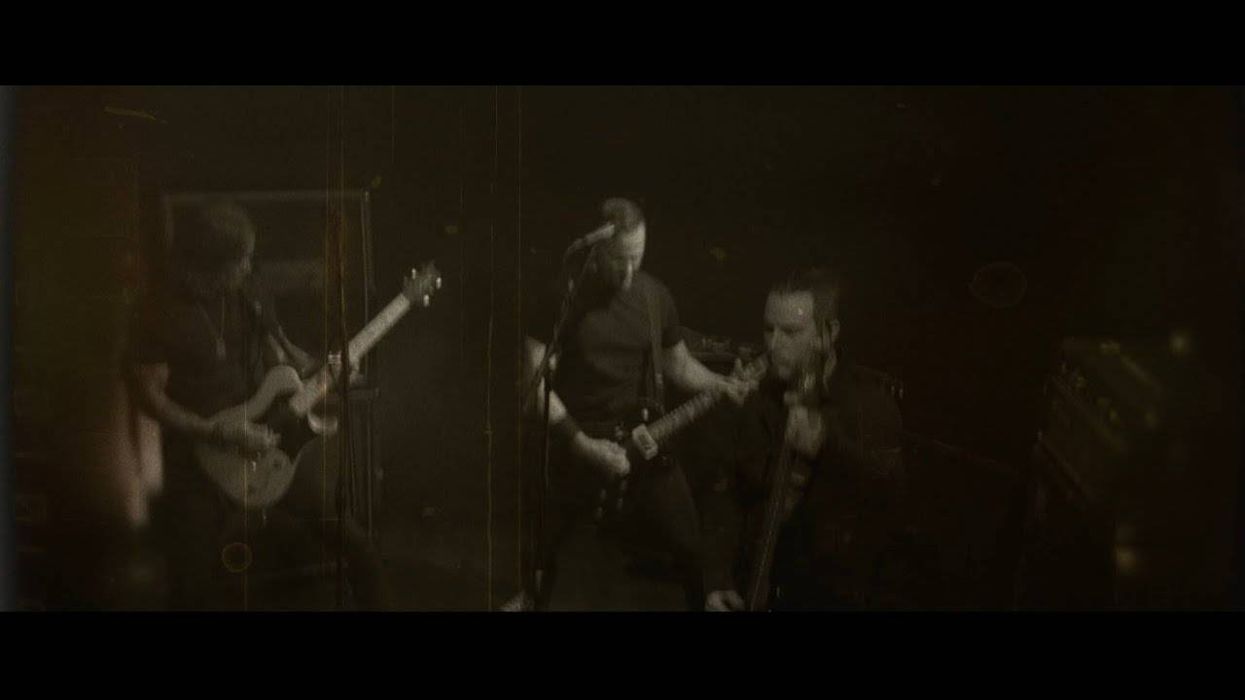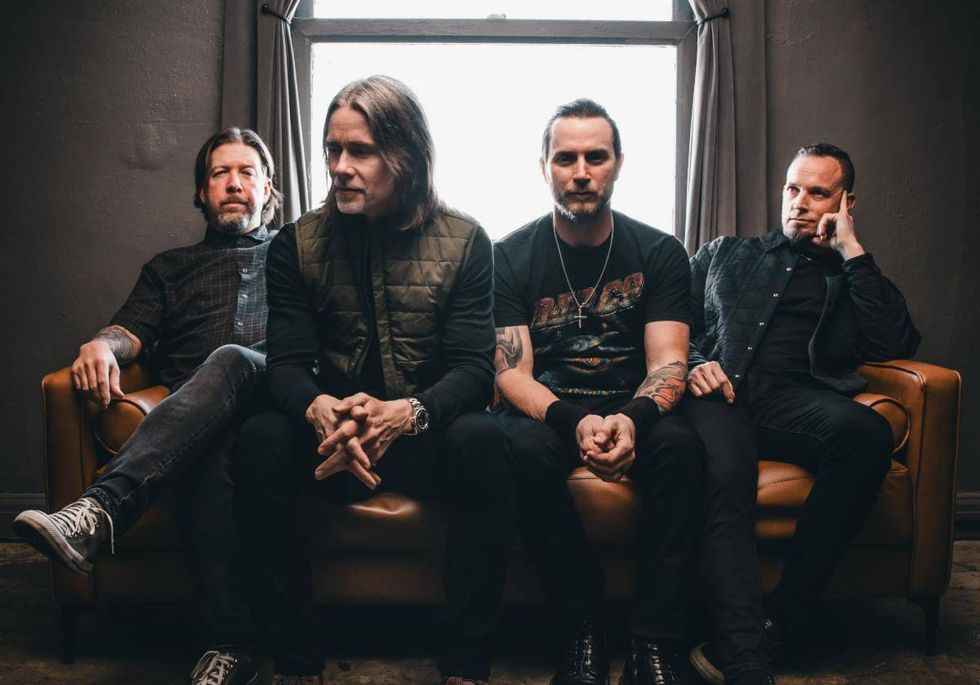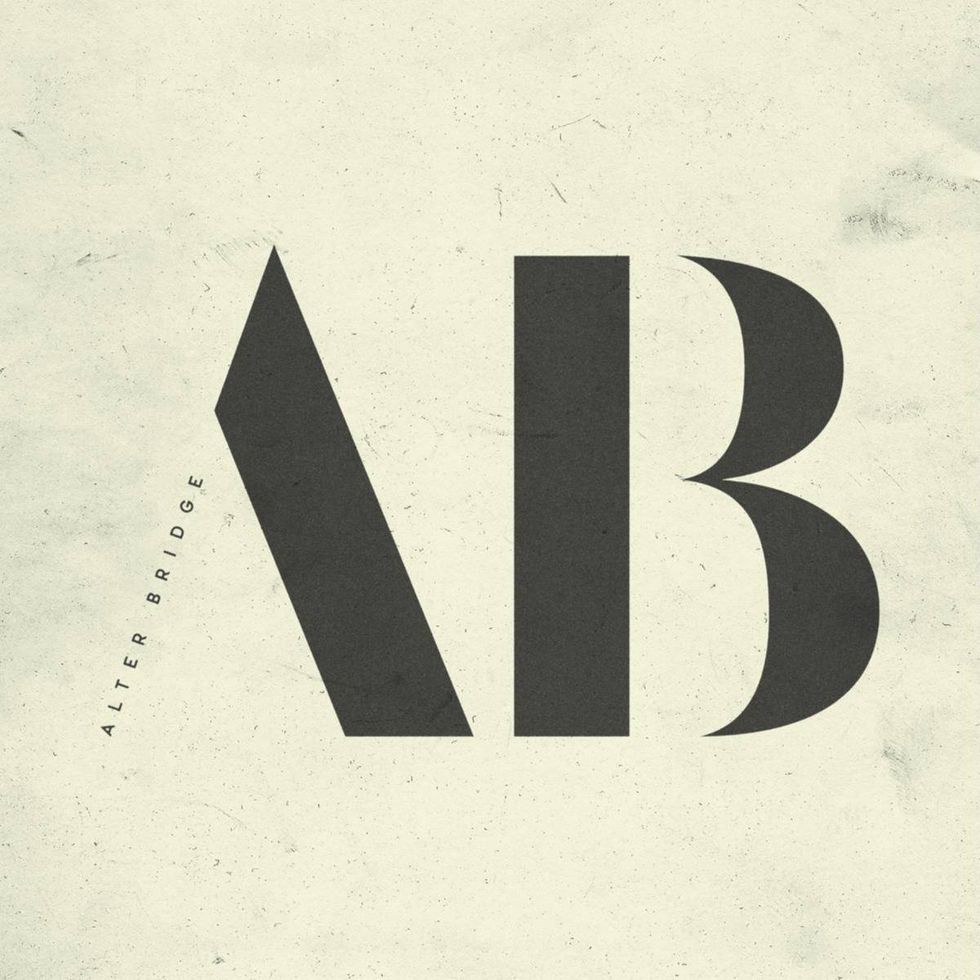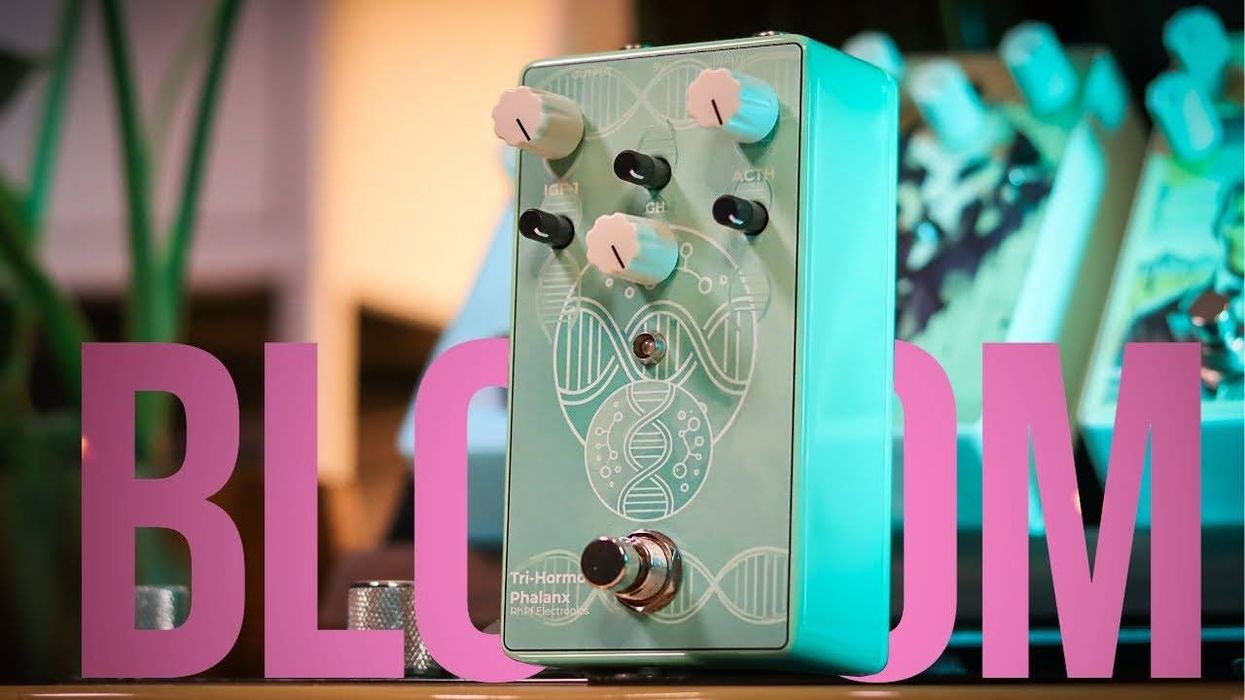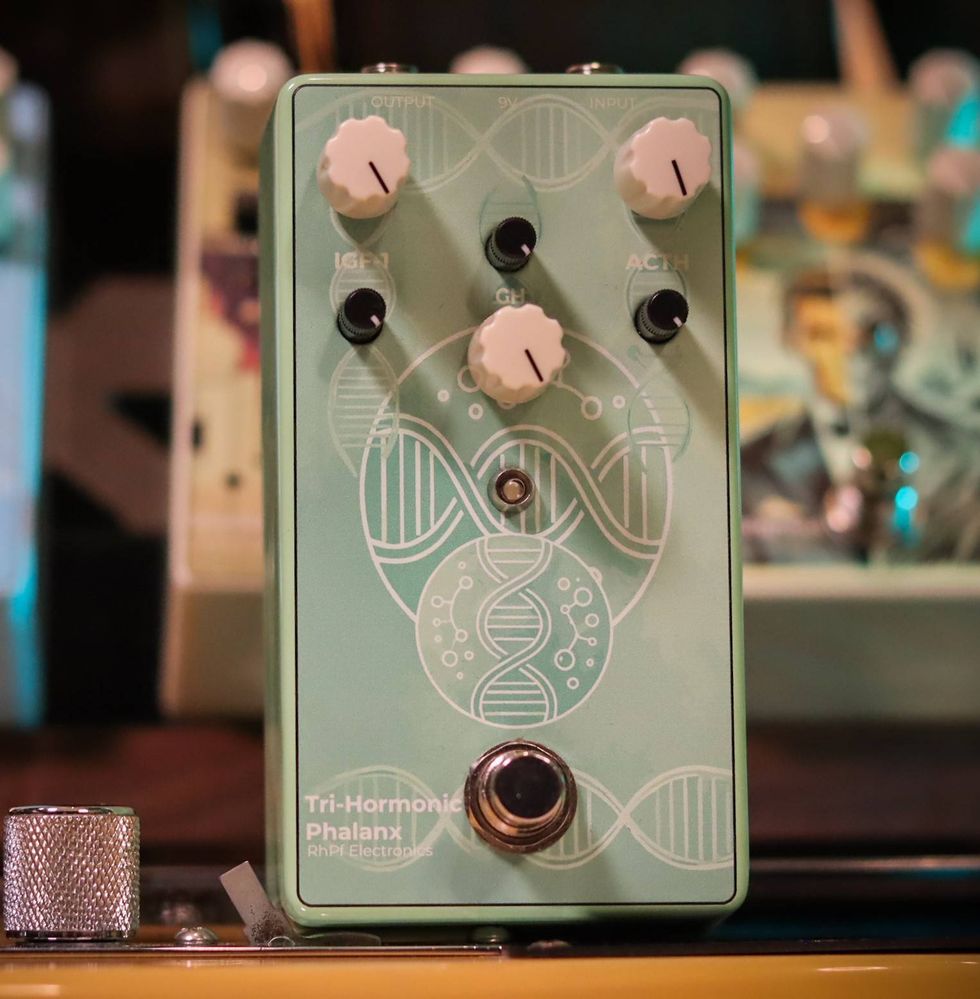Premium acoustic guitar cases with heritage design, quilted dry-waxed canvas, and soft felt interior. Available in dreadnought and parlor sizes, with khaki and olive color options.
Guitar Satchel, a new company specializing in premium-quality cases and accessories for working/traveling musicians, has introduced its line of deluxe acoustic guitar cases.
"The Guitar Satchel is the type of case that so many guitarists have yearned for: a soft-sided backpack-style case that matches the craftsmanship of their most treasured acoustic. It’s heritage designed, made of quilted dry-waxed canvas and soft felt interior, and comes with a lifetime guarantee."
The Guitar Satchel is available in two color options – khaki and olive– and two sizes. The dreadnought-style case will fit standard-size acoustic guitars, including OM, concert, and small jumbo instruments. The parlor-size case is designed for travel, classical, and other smaller guitars.
Combining retro-Americana styling with thoroughly modern features, the Guitar Satchel case is made using the best materials and quality craftsmanship of a 120-year-old manufacturer based in Iowa. Its heavy-duty outer material is naturally water-repellent and durable. It has a sumptuous, quilted cotton felt interior and features high-quality leather and brass zippers. (This manufacturer originally supplied the zippers to the US Army during World War I.)
This special-edition guitar case is created to carry your favorite guitars on all your adventures and to meet the level of craftsmanship of your instruments. Built to last a lifetime, the GuitarSatchel is the case you will want to use when passing your beloved guitars down to future generations.
The Guitar Satchel carries a $499 price and is available for purchase at guitarsatchel.com.
For more information, please visit guitarsatchel.com.


